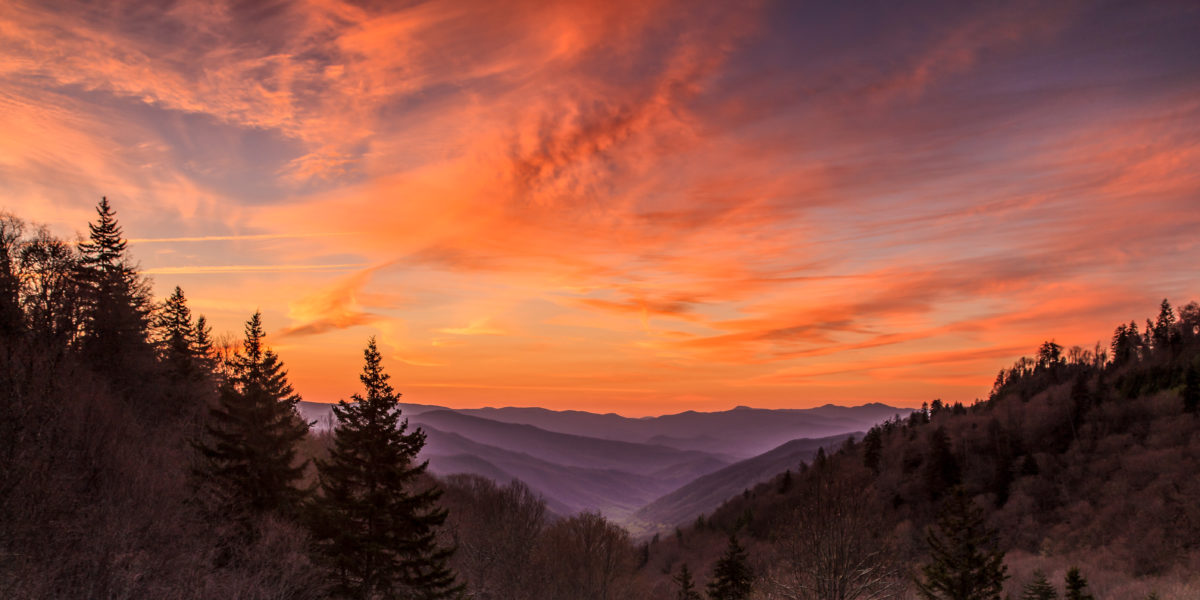
These National Parks Are the Nation’s Most Dangerous
A study analyzing data over a 10-year period determined which park was the most dangerous and which cause of death was most common.


Our nation’s national parks make for the perfect escape from the redundancy of our 9 to 5 jobs, the crawl of dense traffic, and the myriad stresses elicited by the almighty dollar. And yet, while these escapes certainly allow for rejuvenation, the importance of planning ahead for safety precautions cannot be overstated.
A recent U.K.-based study took a closer look at one aspect of America’s national parks that has seldom been explored: those that had the unfortunate distinction of being the most dangerous.
Accidental fatalities are nothing new for the National Park Service. “From accidental falls to drowning and even attacks by wild animals, over a thousand people have lost their lives in the USA’s national parks,” the study’s author wrote for Outforia.
But until now, few researchers had analyzed exactly which of the country’s 63 national parks leave visitors more susceptible to danger.
A response by the National Park Service to a Freedom of Information Act request submitted by the study’s author narrowed down the aforementioned data, as well as the associated causes, according to information compiled from 2010 to 2020.
The second most-visited park in the country, Grand Canyon National Park, reported the most fatalities—134—over the 10-year period. Less than half of those, however, were related to falls from the canyon’s edges.
There have been “27 people [who] have died from falls in the Grand Canyon since 2010, while as many as 42 have died from medical or natural causes, many of which were due to the extreme heat in the area,” the study’s author wrote.
On June 24, Catherine Houe, 49, died shortly after appearing disoriented and unsteady while hiking in temperatures that were registering as high as 114 degrees.
“In the summer, temperatures on exposed parts of the trail can reach over 120° F (49° C) in the shade. Hiking in extreme heat can lead to serious health risks including heat exhaustion, heat stroke, hyponatremia, and death,” NPS officials warned in the wake of the incident.
Temperatures in GCNP’s inner canyon average a high of over 100 degrees during the summer months, a trend that typically prompts park officials to advise against any hiking activity between 10 a.m. and 4 p.m.
The next highest number of fatalities behind GCNP were Yosemite and Great Smoky Mountains national parks, with 126 and 92, respectively.
By far the most visited in the country, Great Smoky Mountains National Park’s place on the list perhaps comes as no surprise based on sheer volume alone. However, “the most common cause of death here wasn’t from falls, drowning or wild animal attacks, but actually, motor vehicle crashes, with 37 in the last ten years,” the study’s author found.
Of the total number of fatalities in U.S. national parks over the course of the last decade, 245 were determined to have been the result of falls, the most common cause.
Next, 192 were categorized as medical or “natural” deaths, such as those caused by heat- or cold-related exposure. Third, and somewhat alarmingly, “166 deaths in the country’s national parks went unexplained, with an ‘undetermined’ cause of death,” the study found.
The comprehensive list of 2010-2020 national park data compiled by Outforia can be seen below.

Danger Parks Infographic by Outforia
To learn about safety measures you can take before planning your next national park trip, check out the National Park Service’s trip planning safety guide or visit the NPS Health and Safety page.
